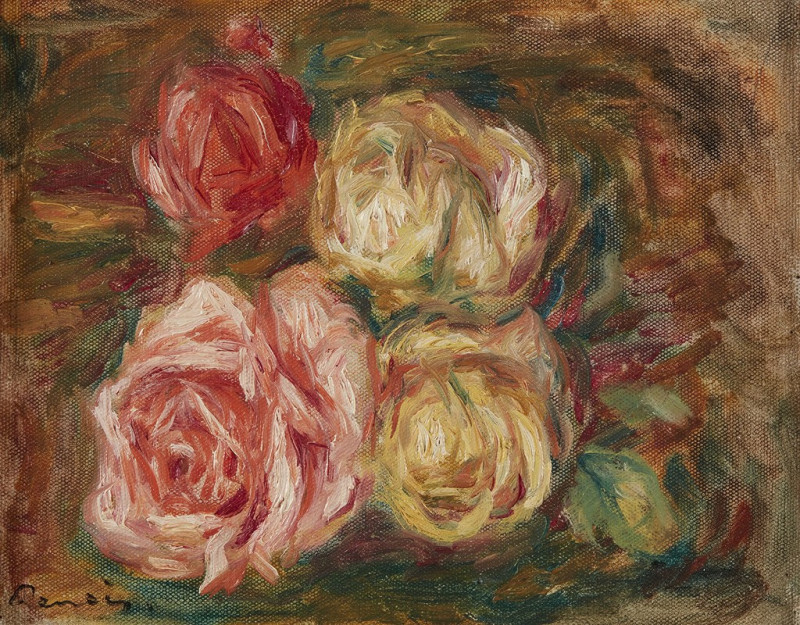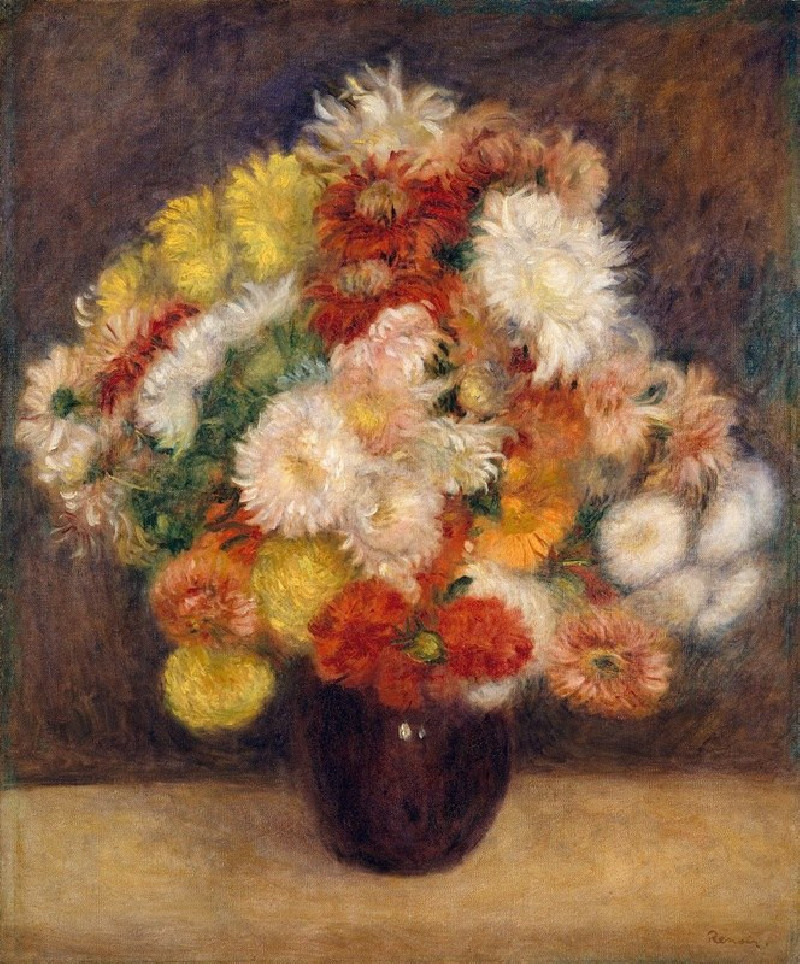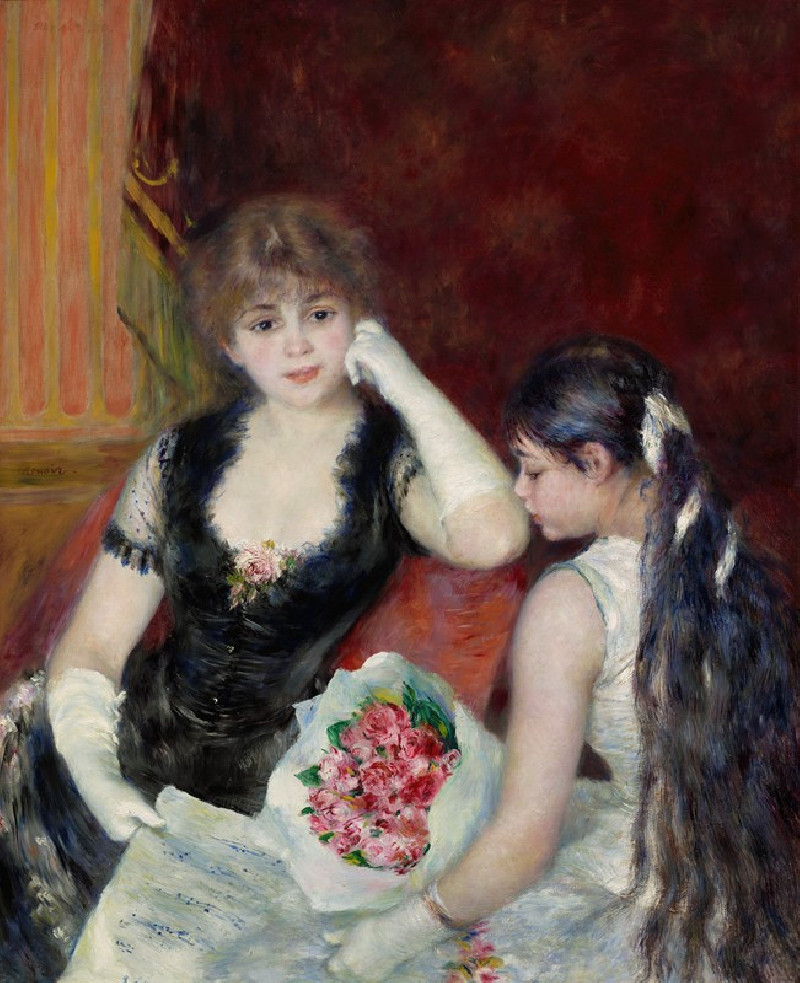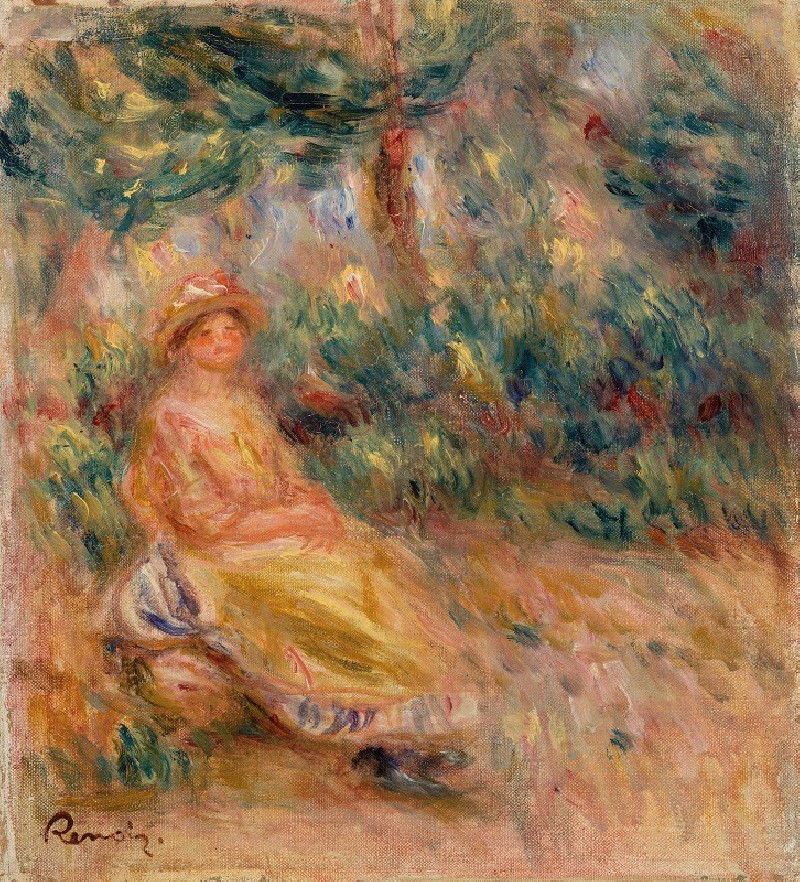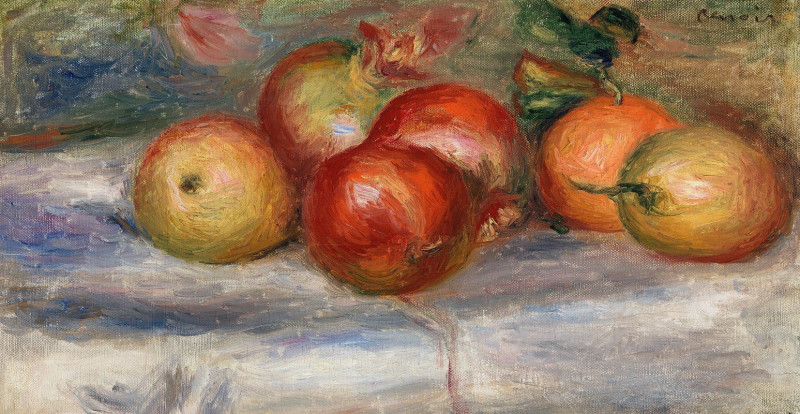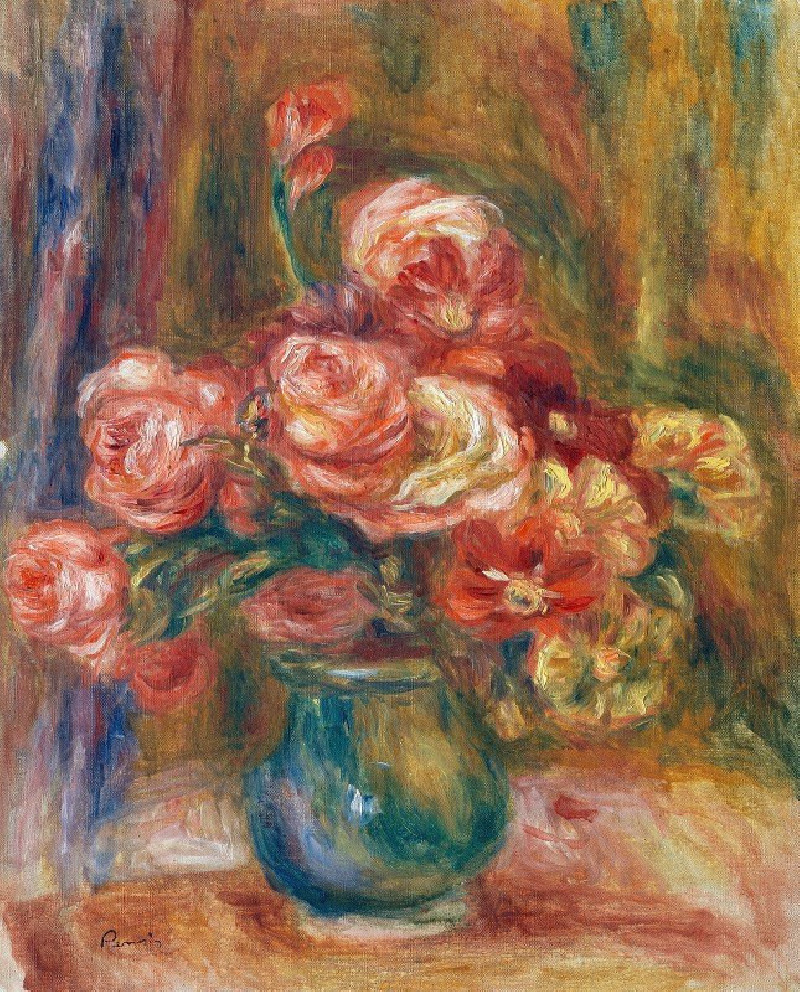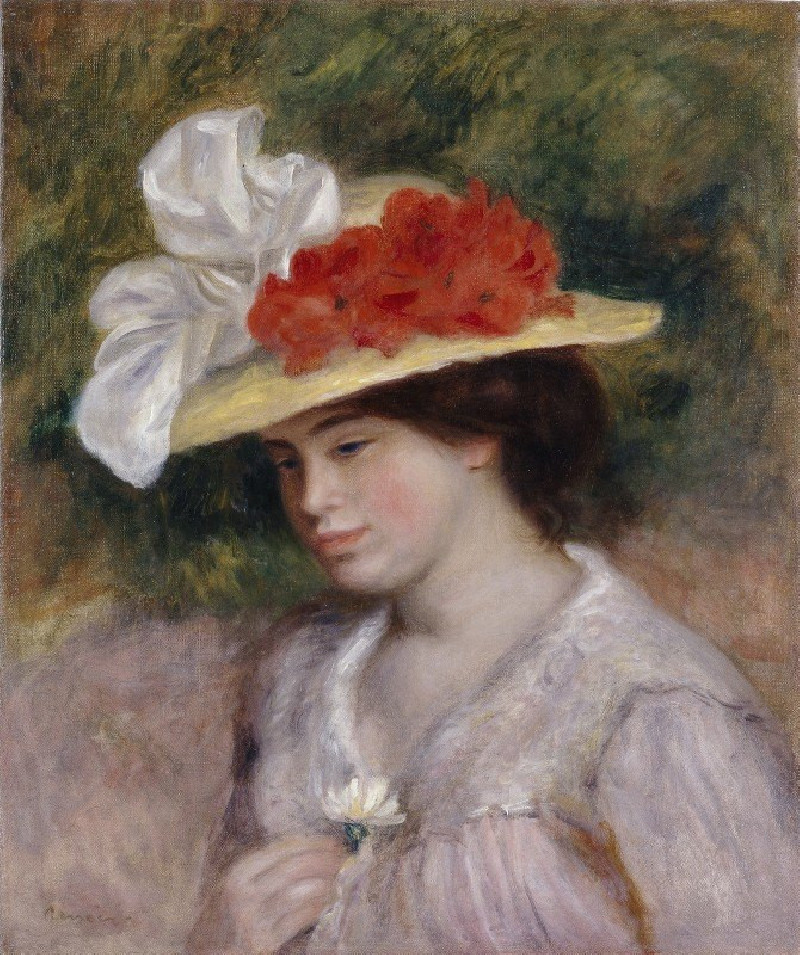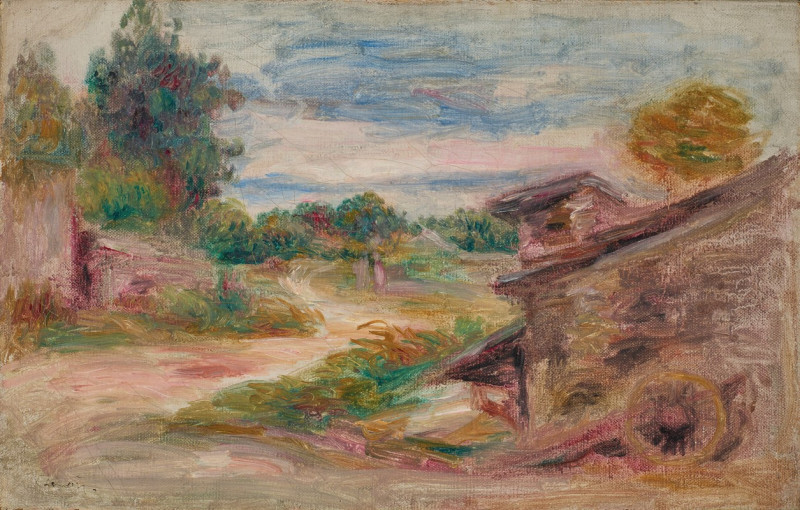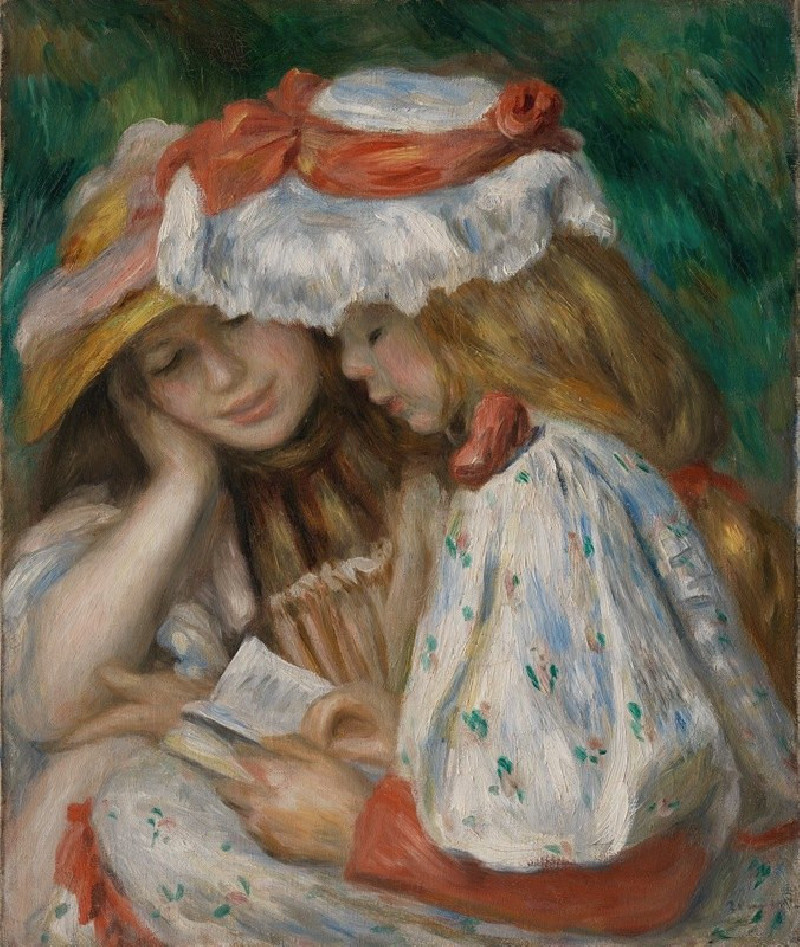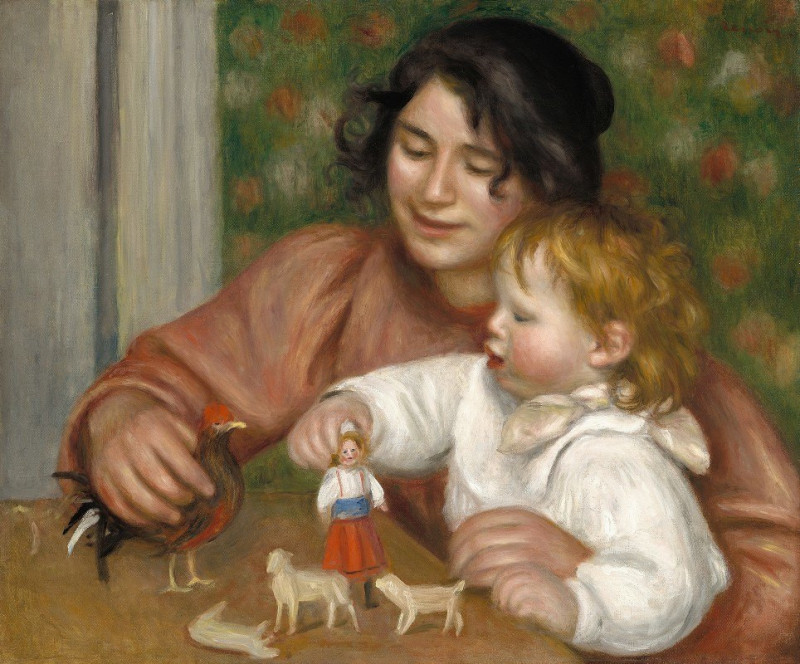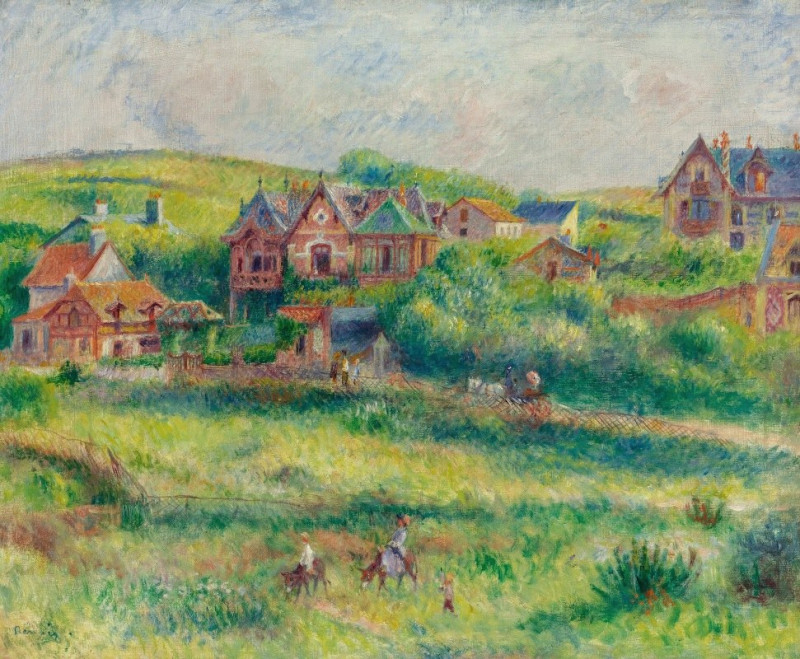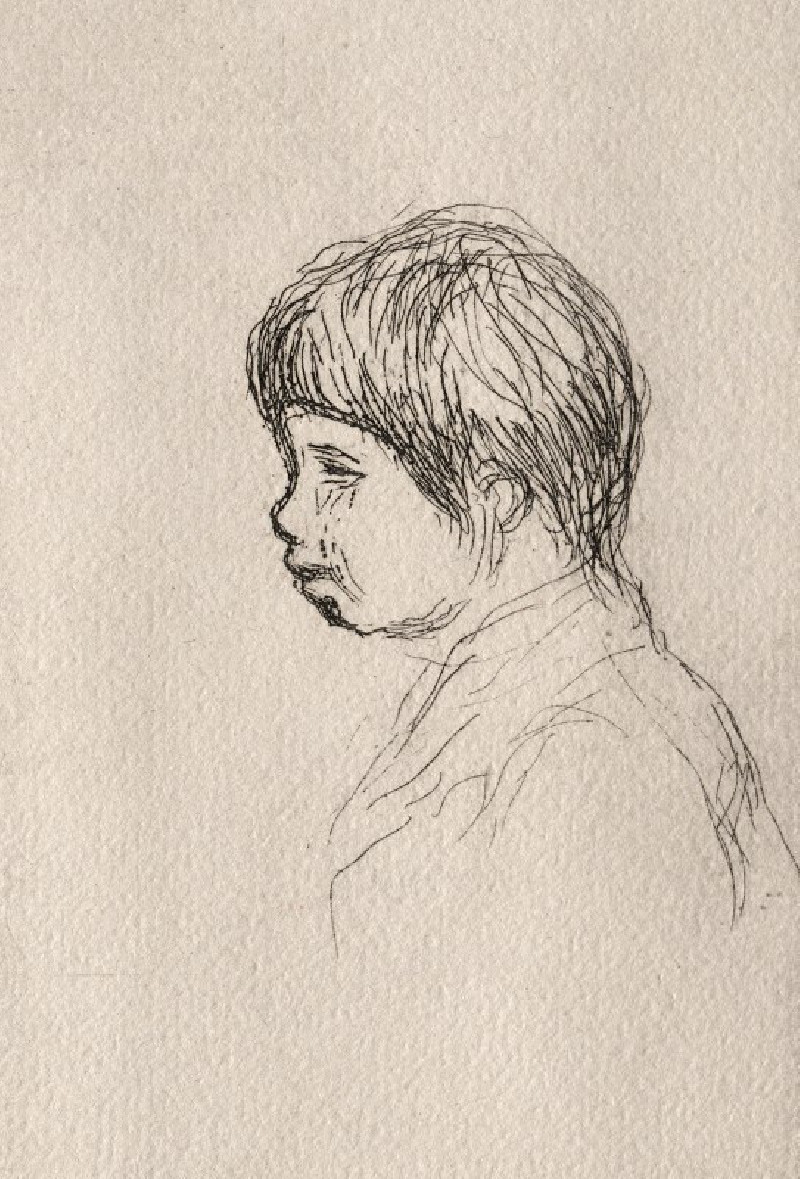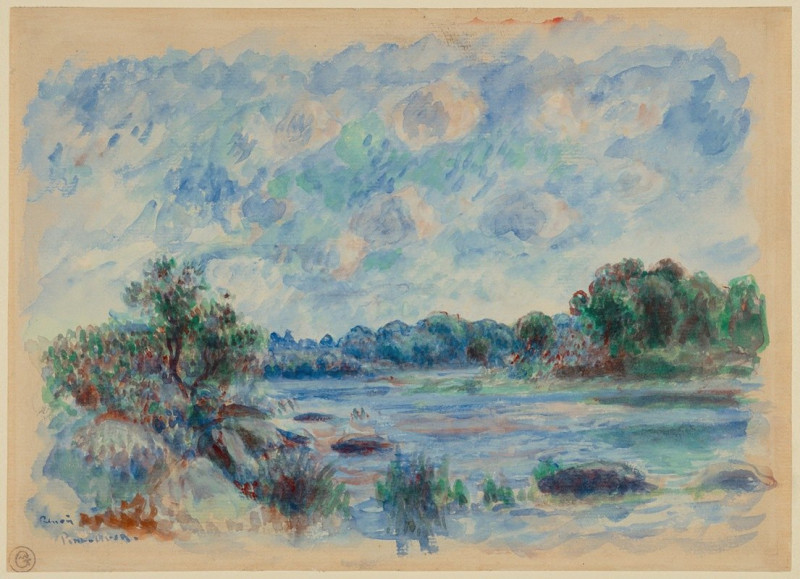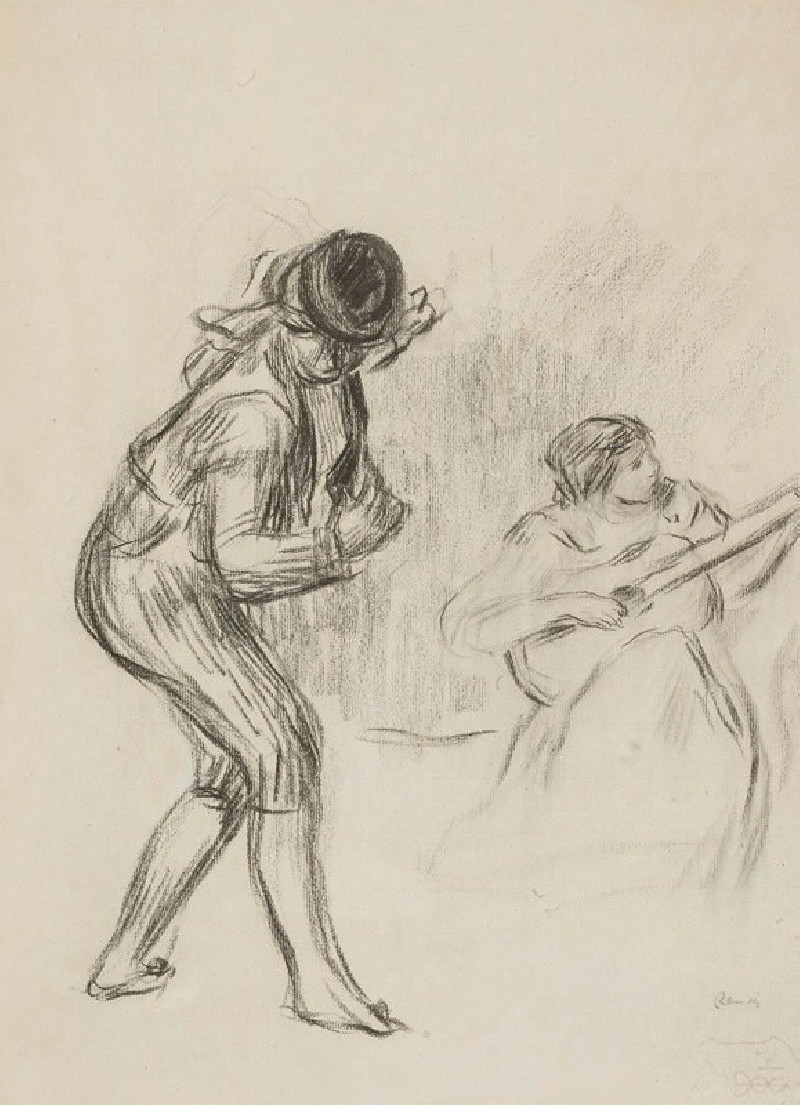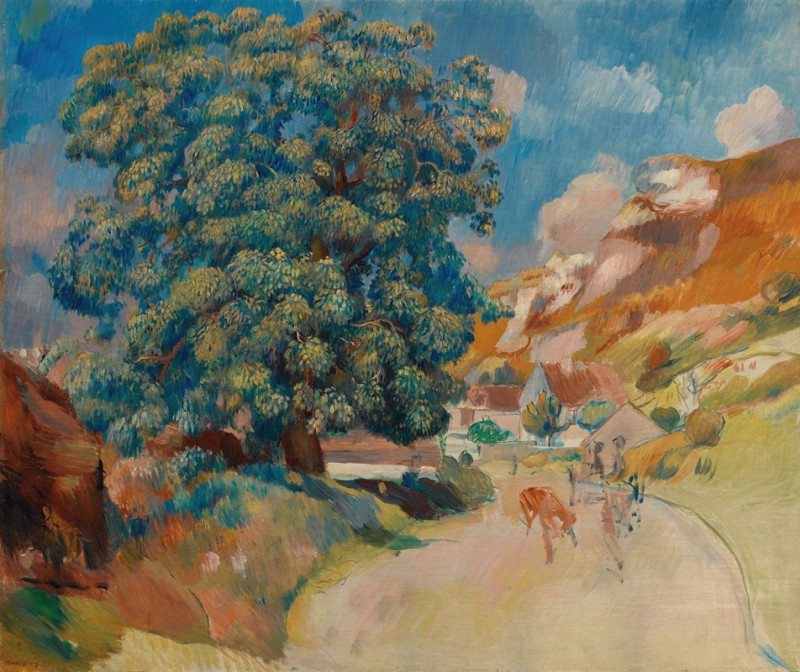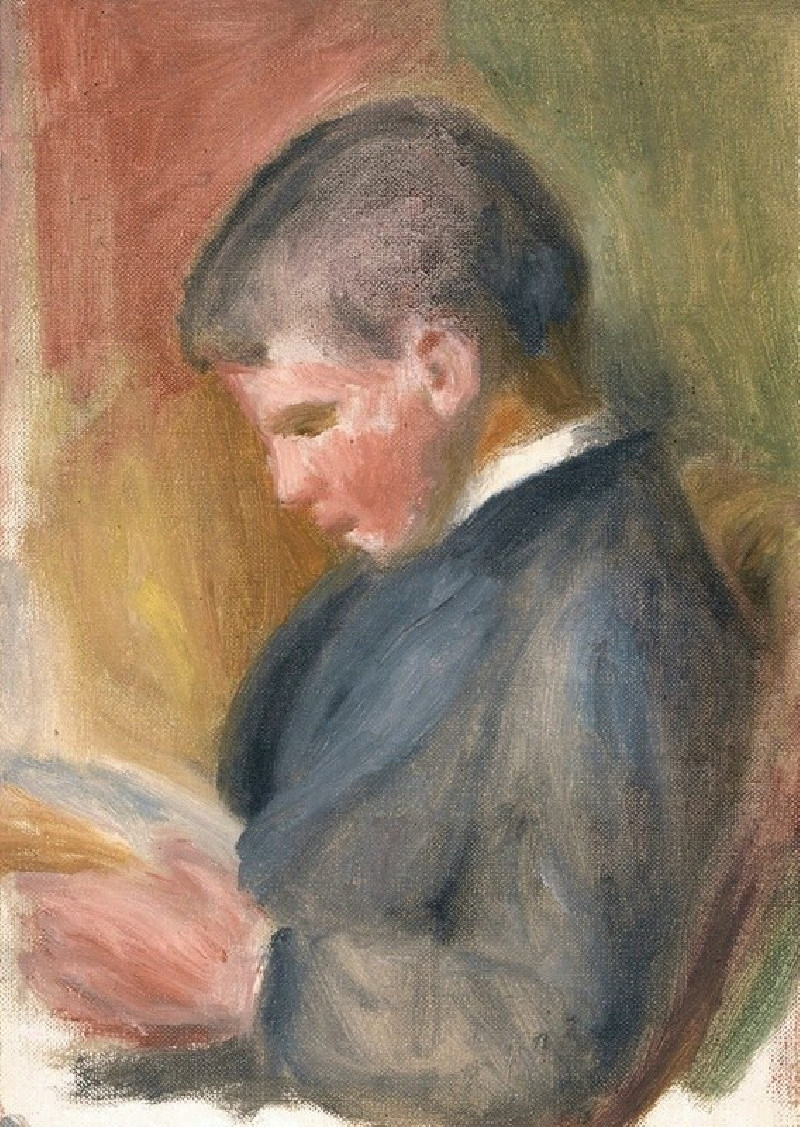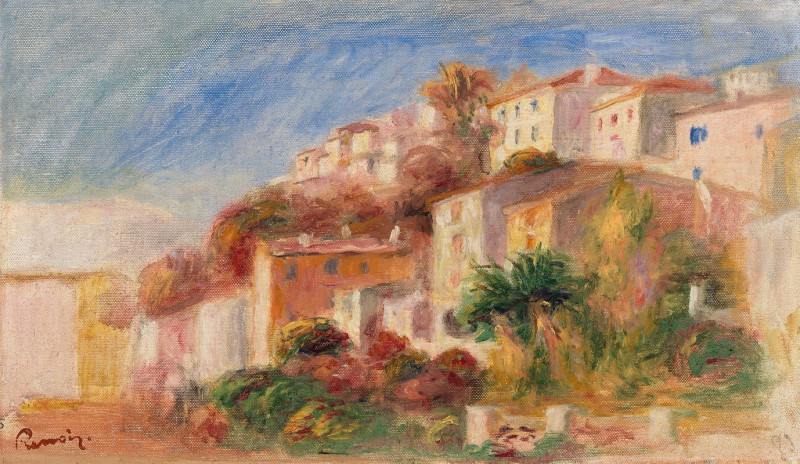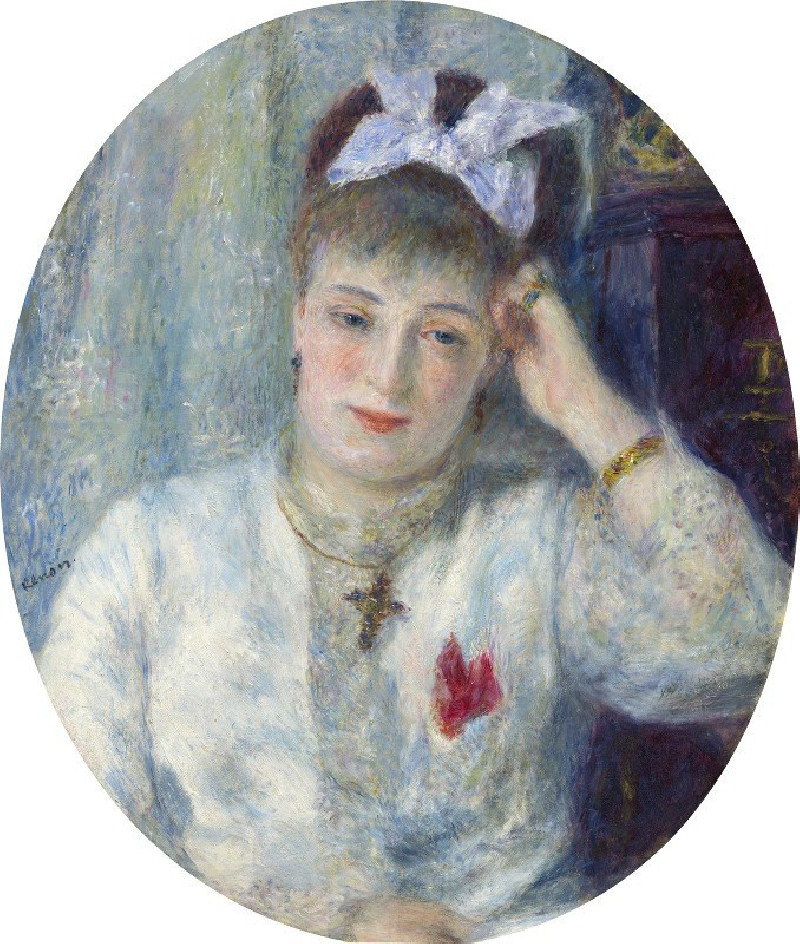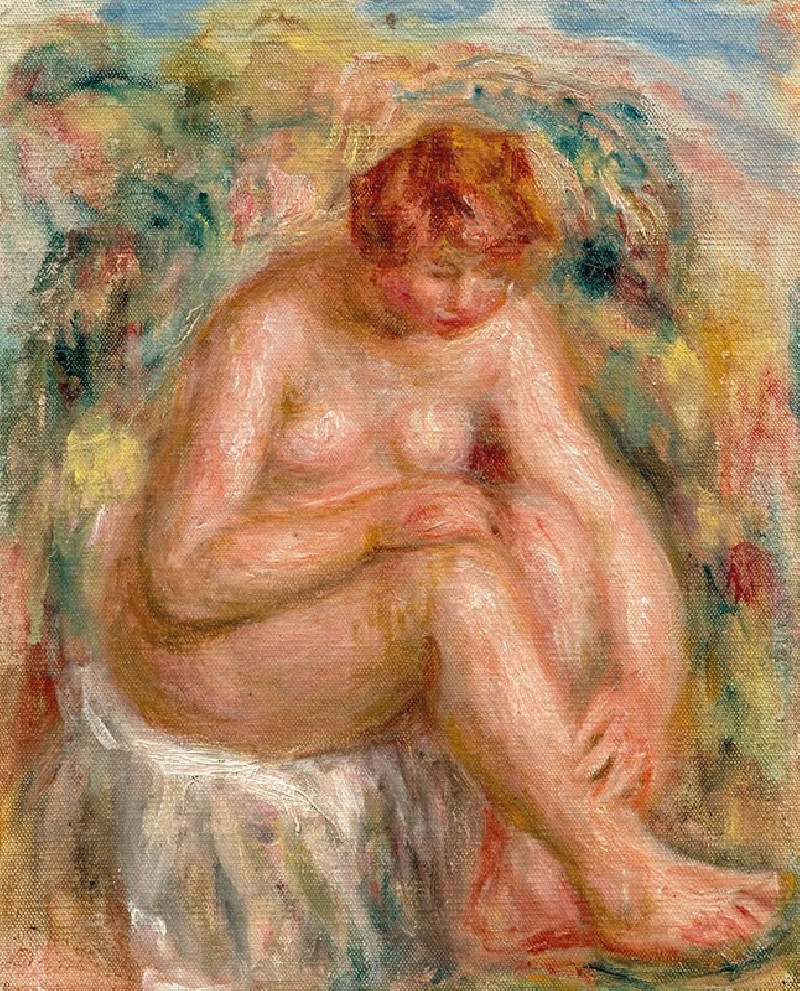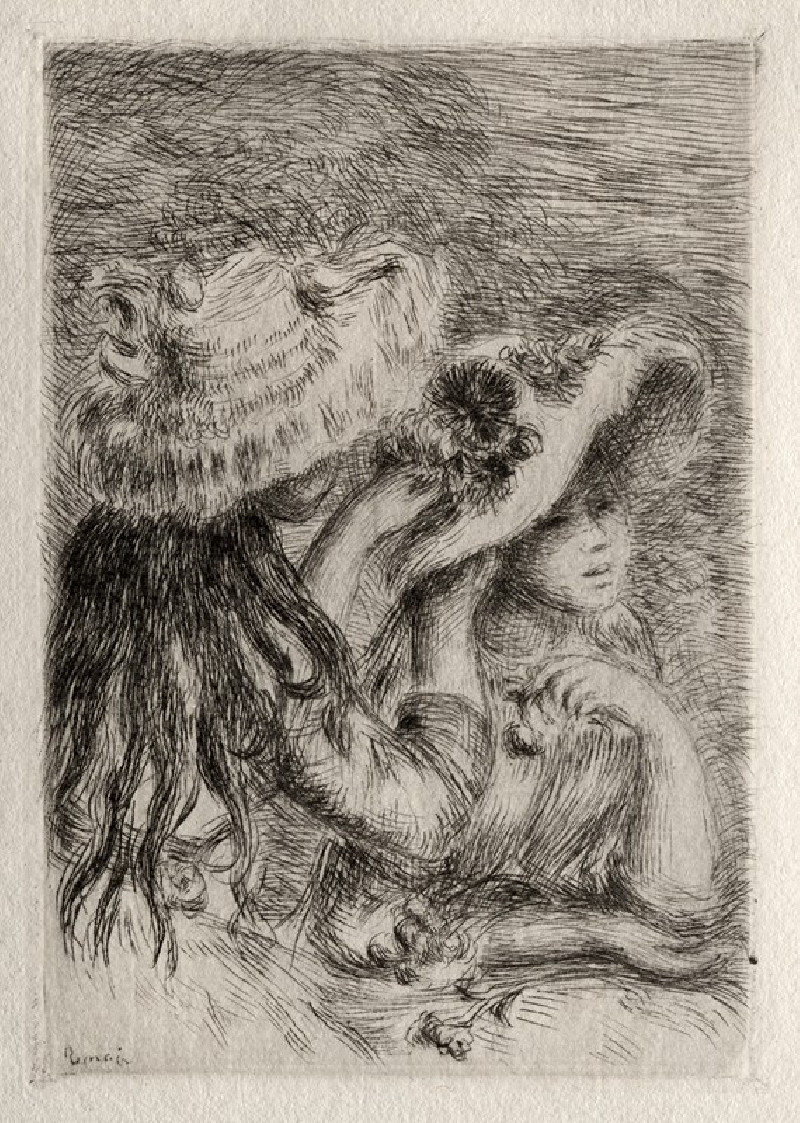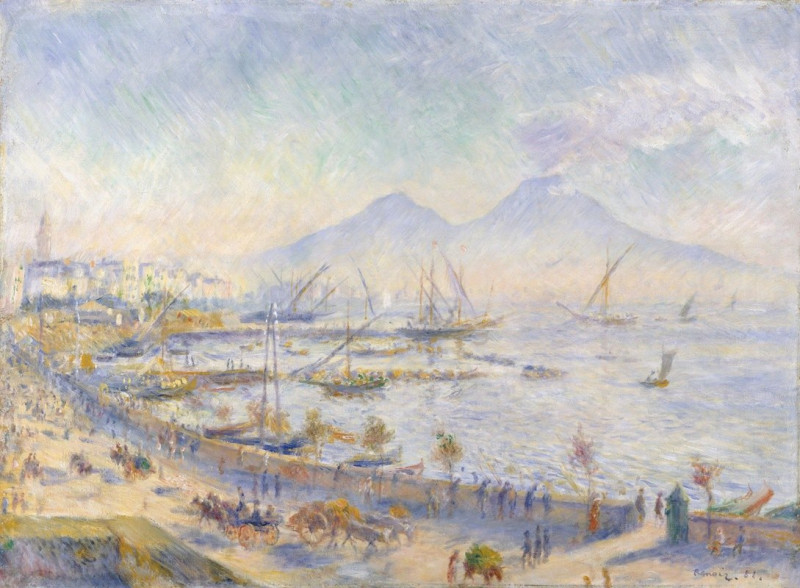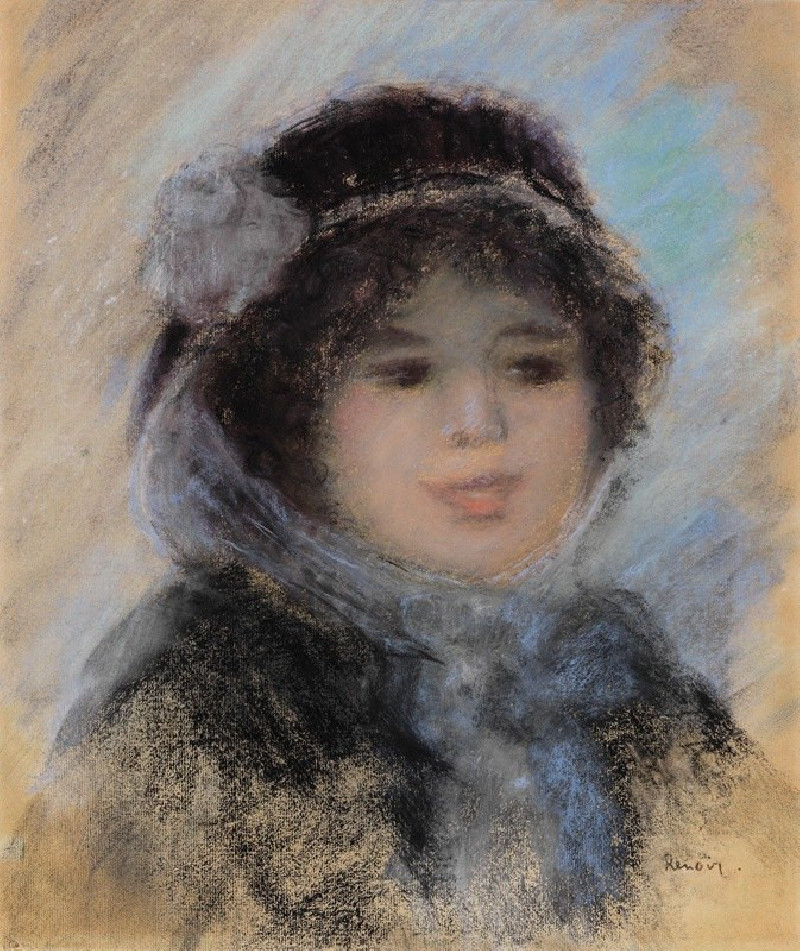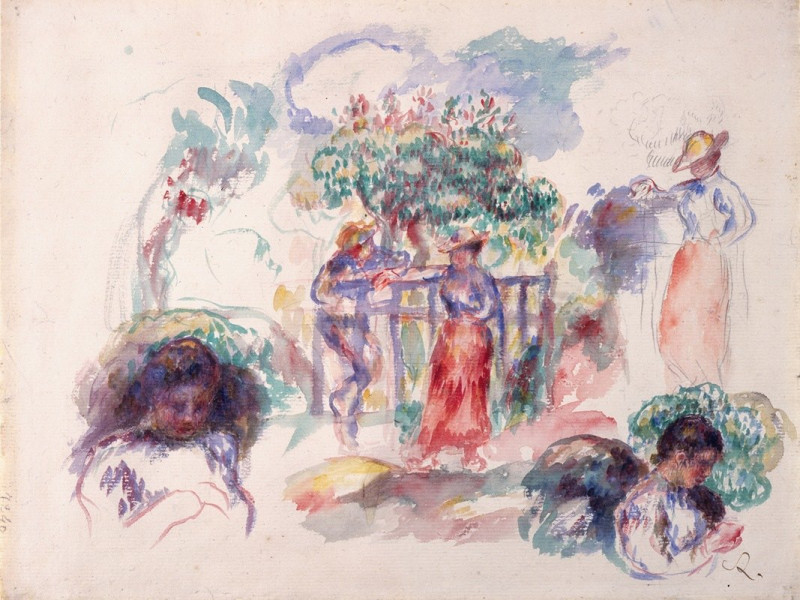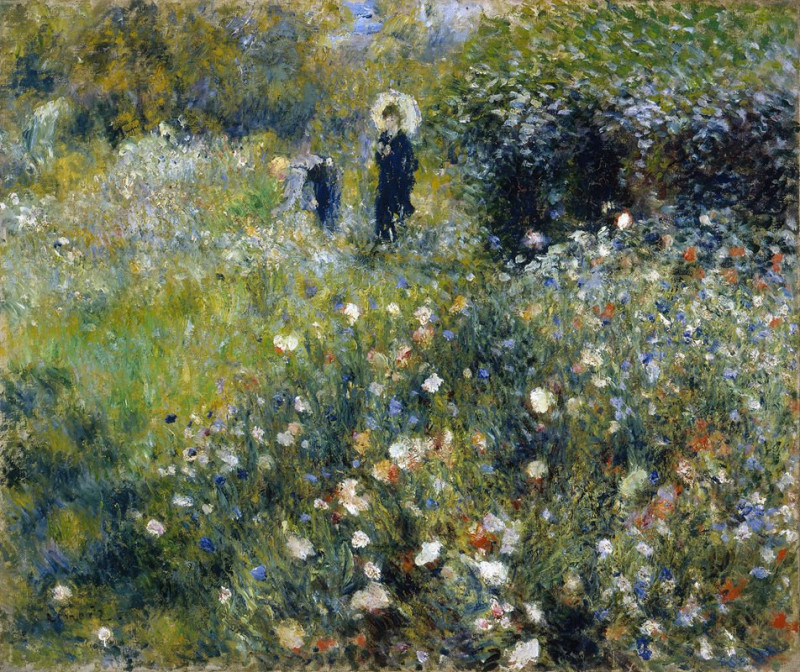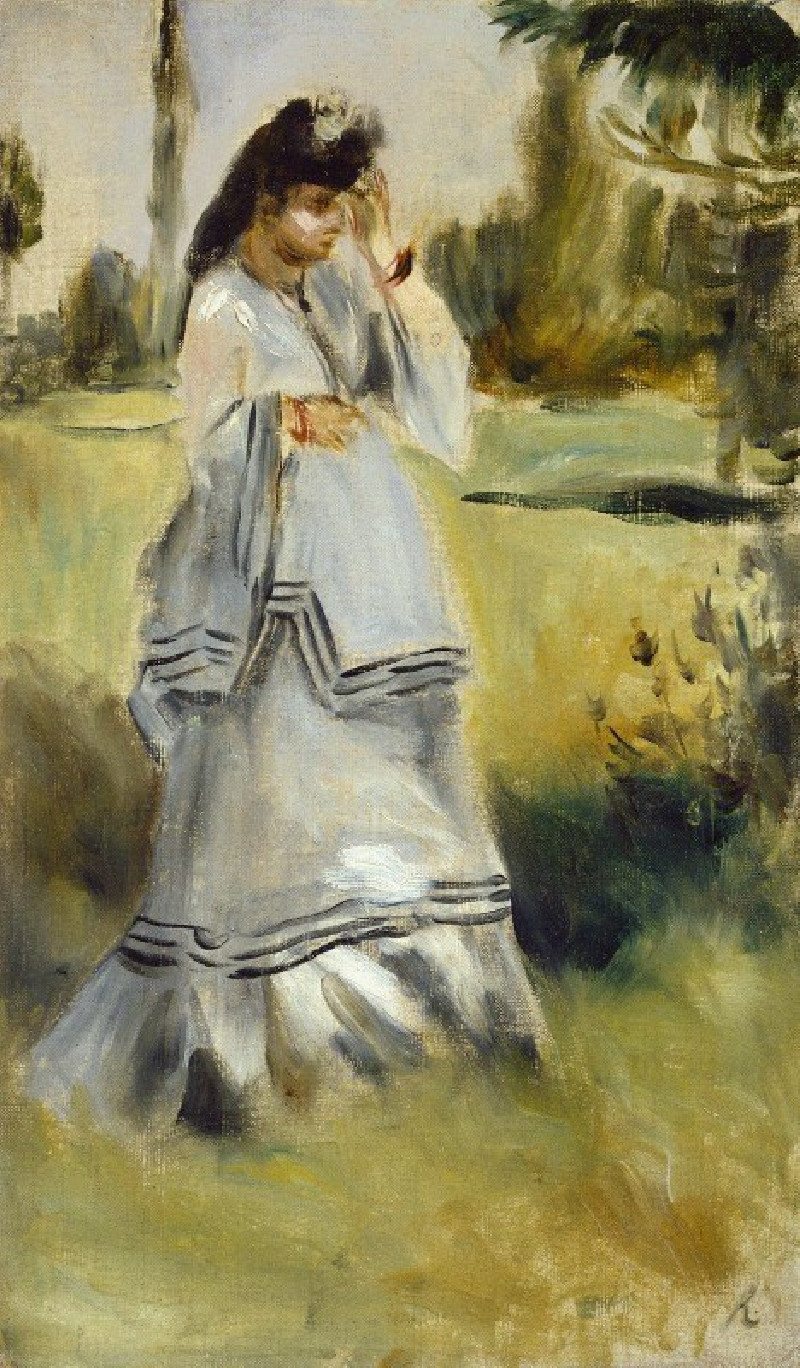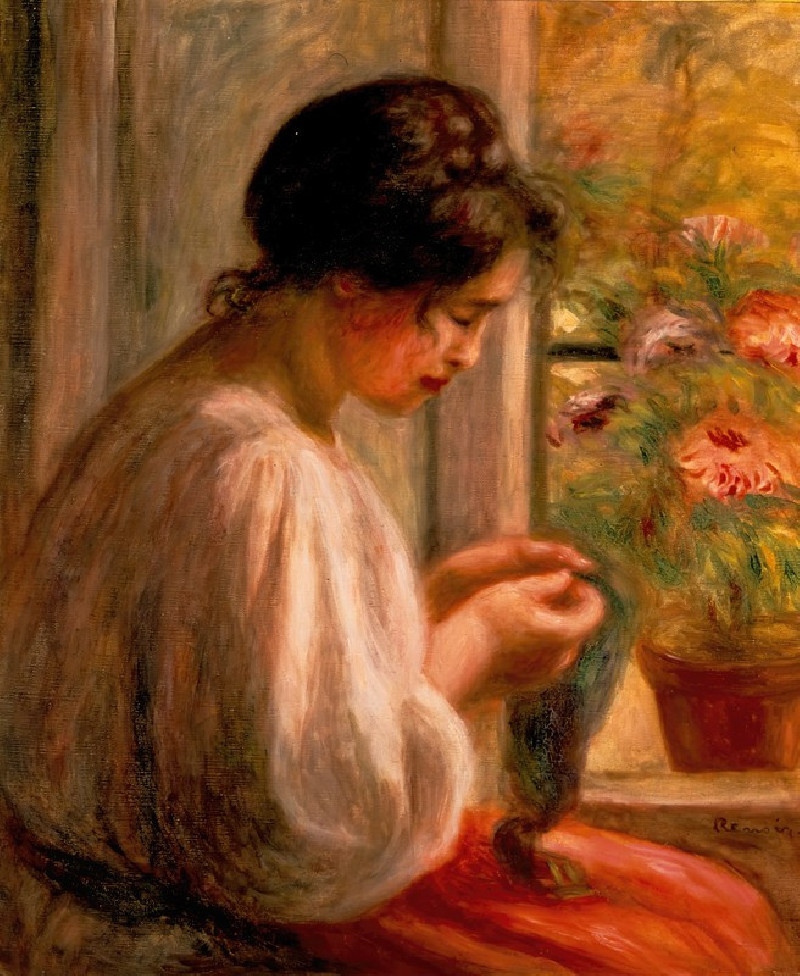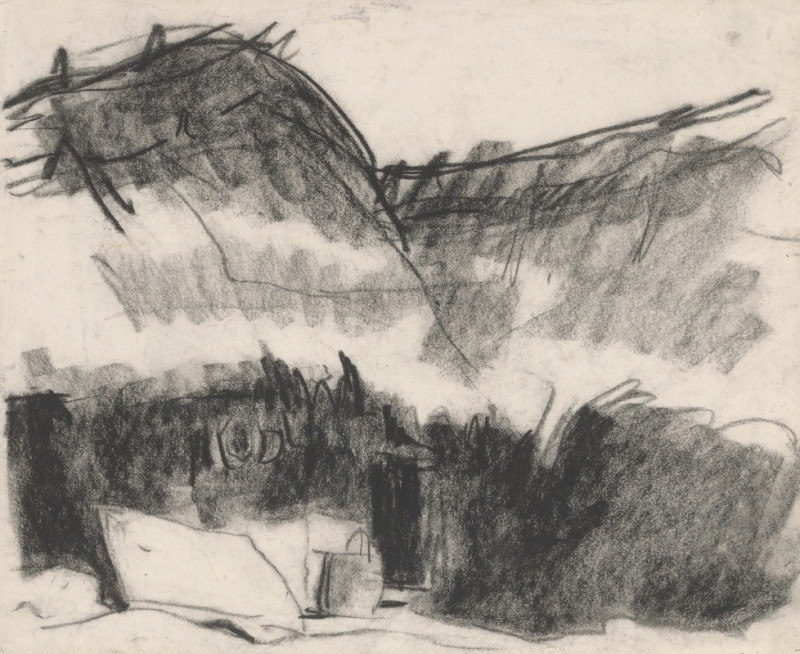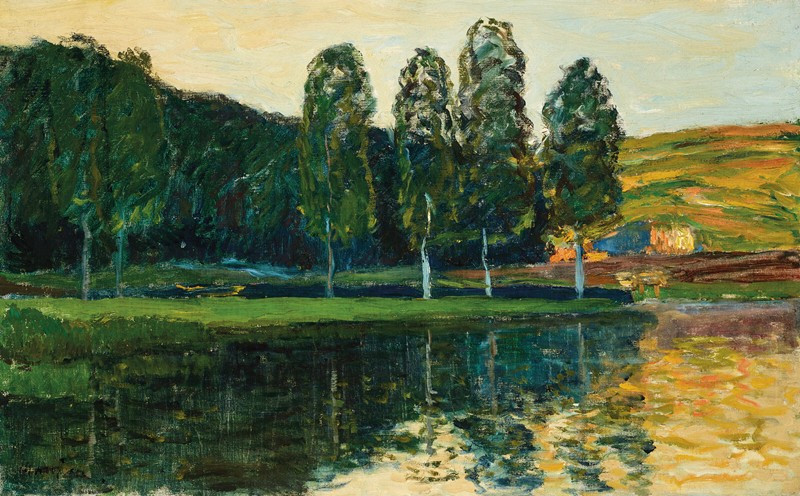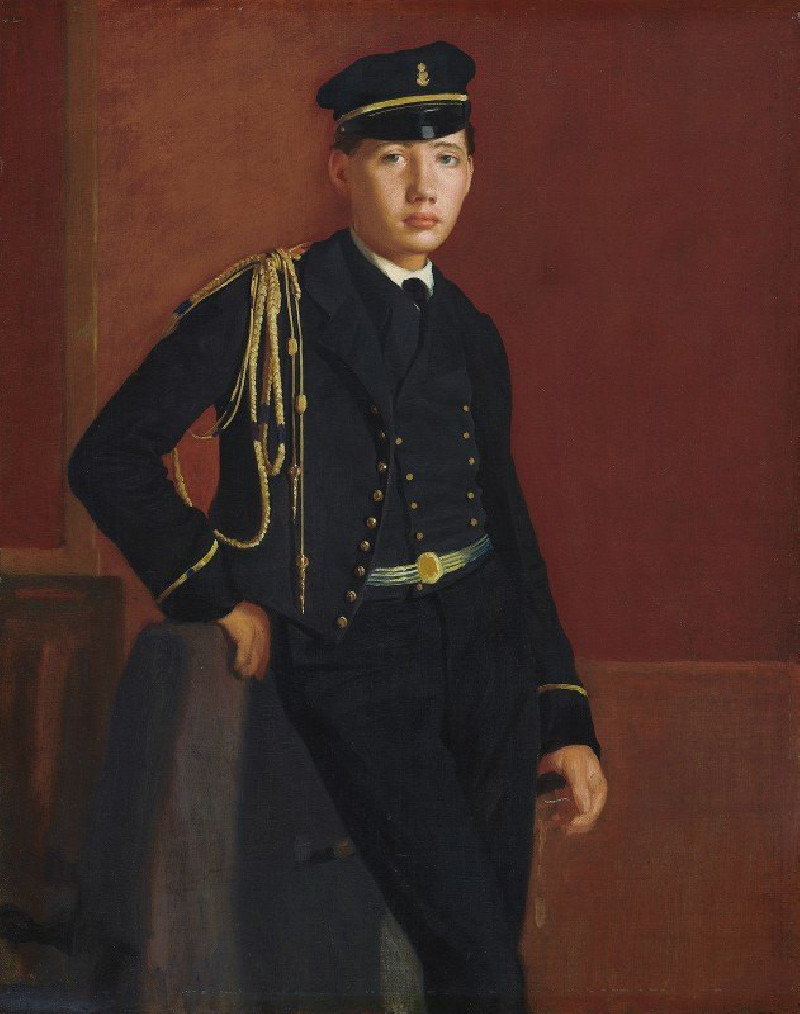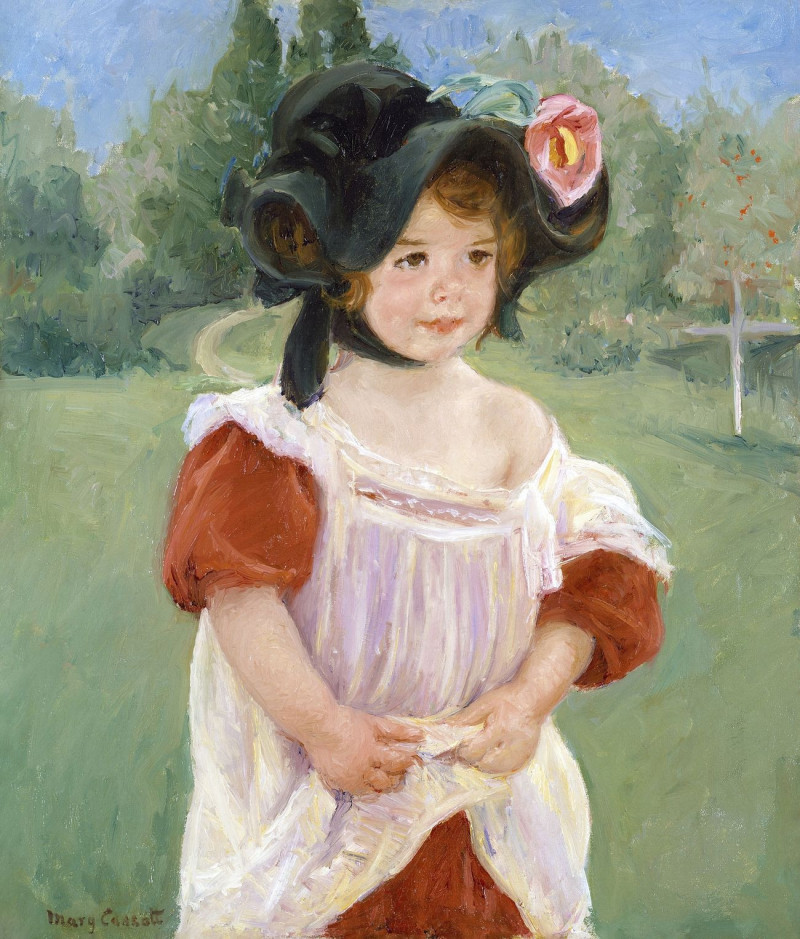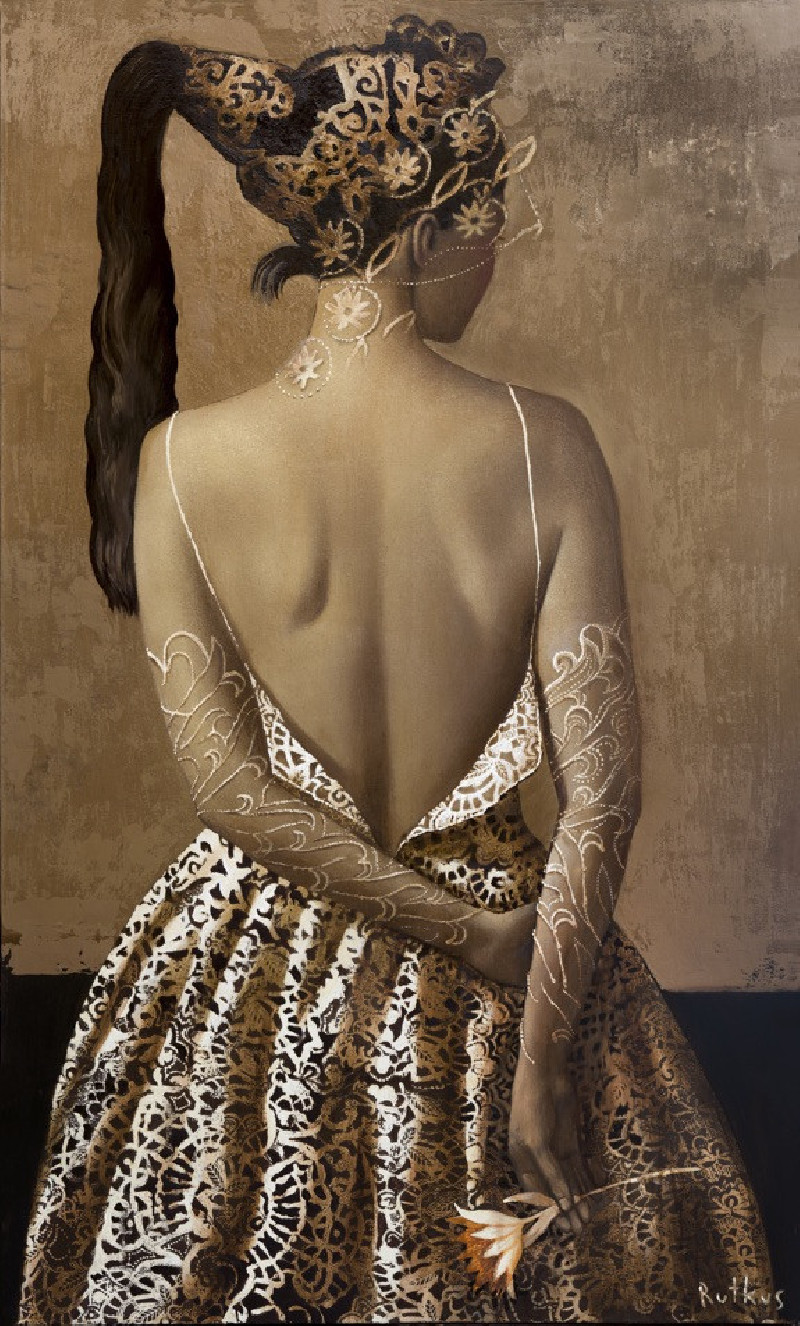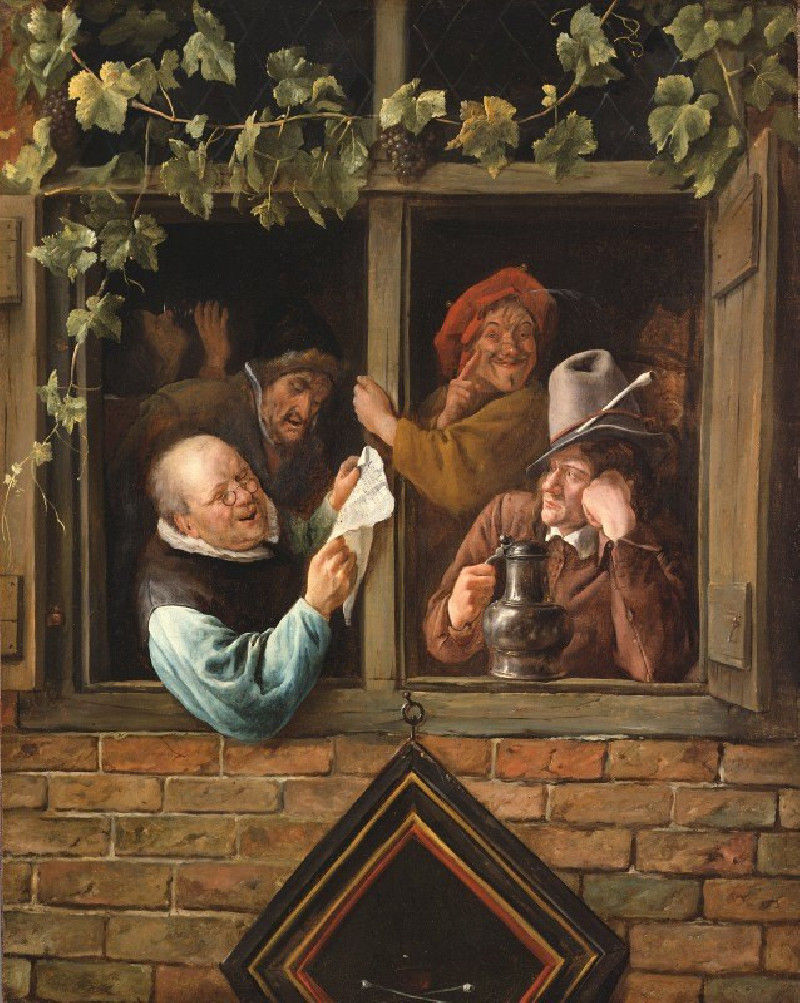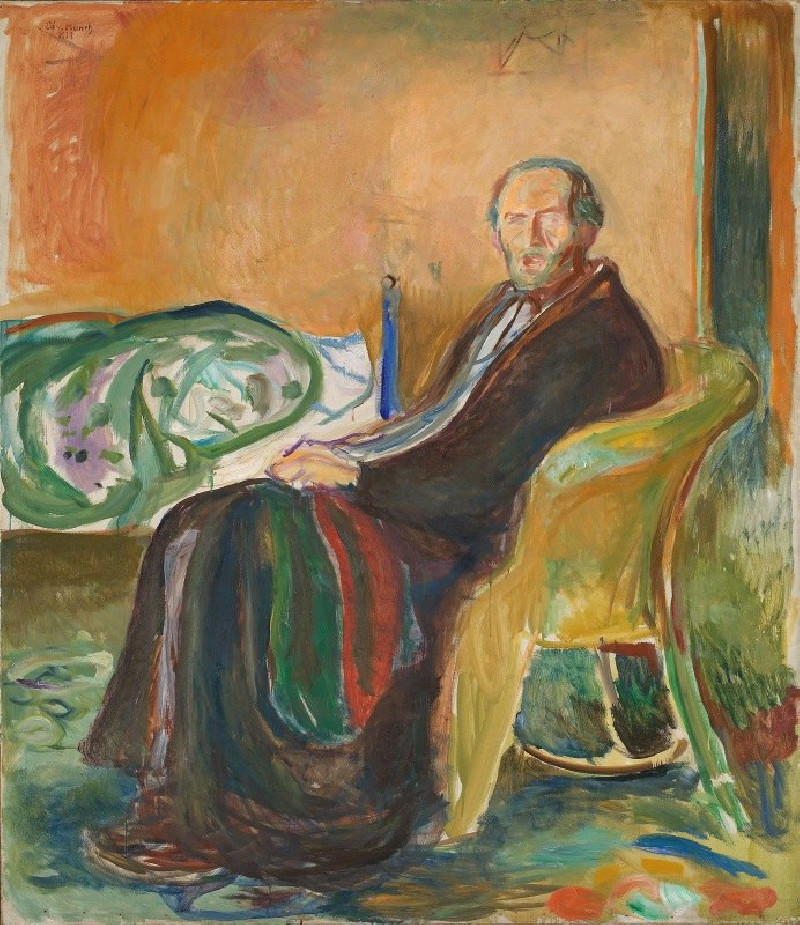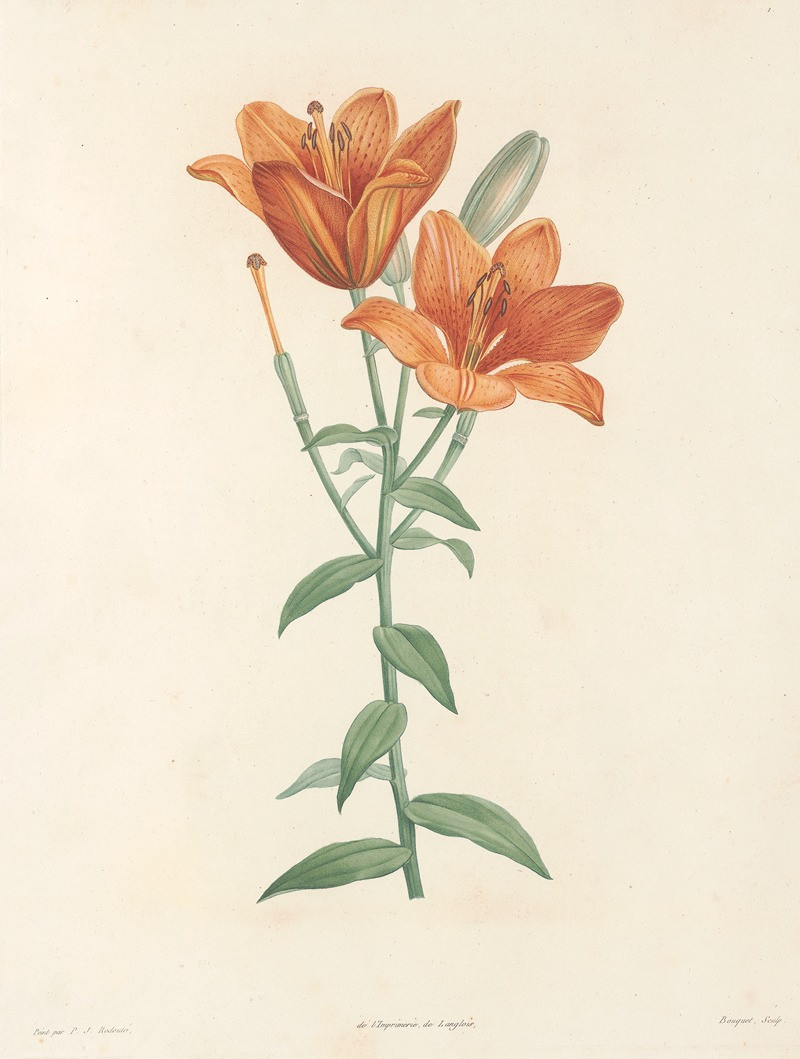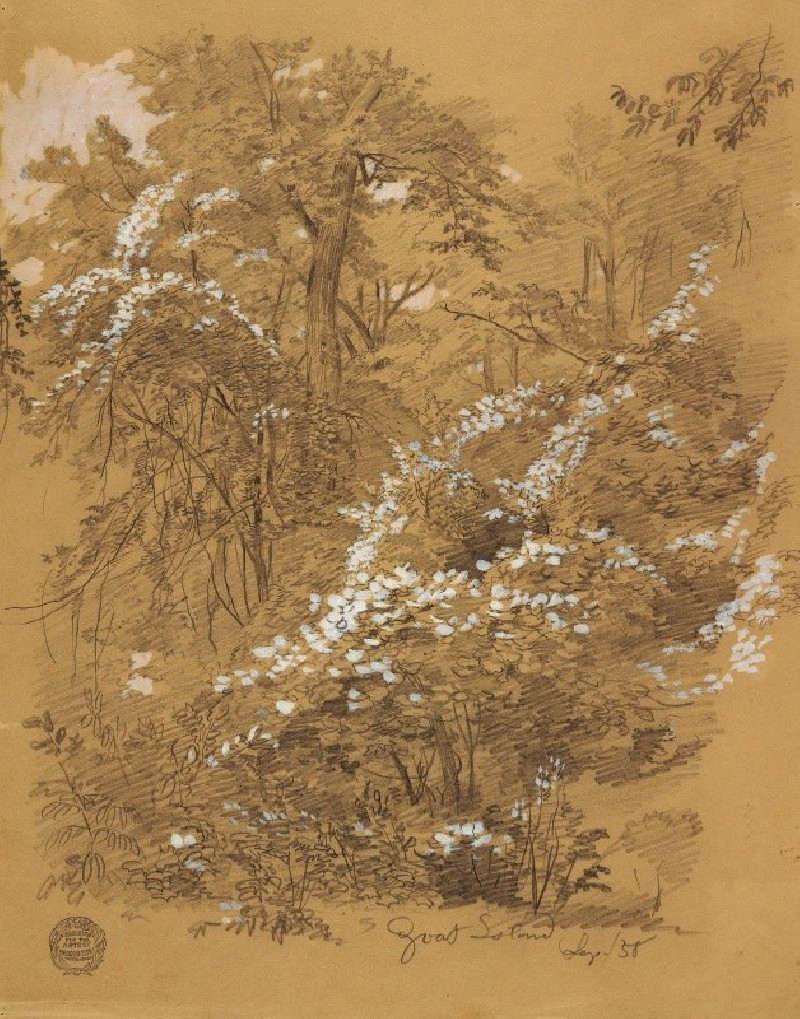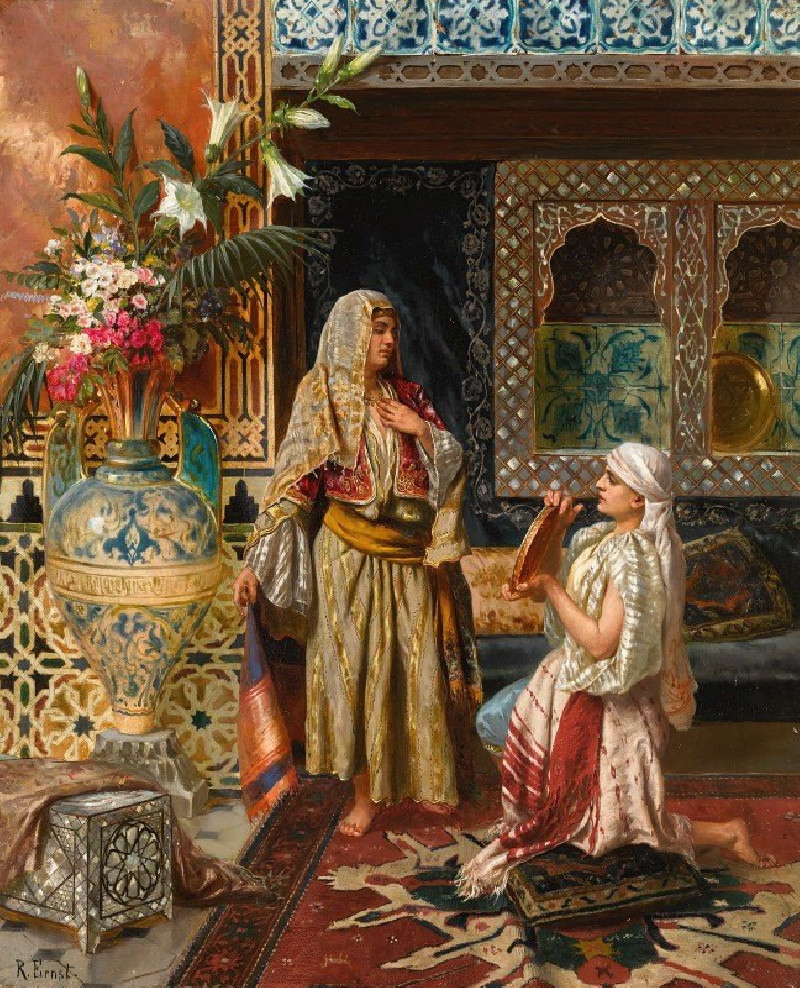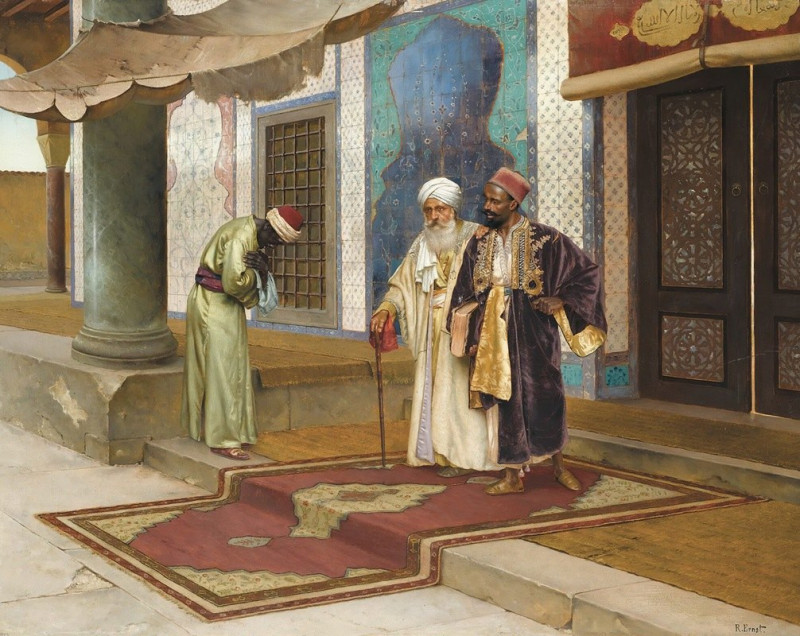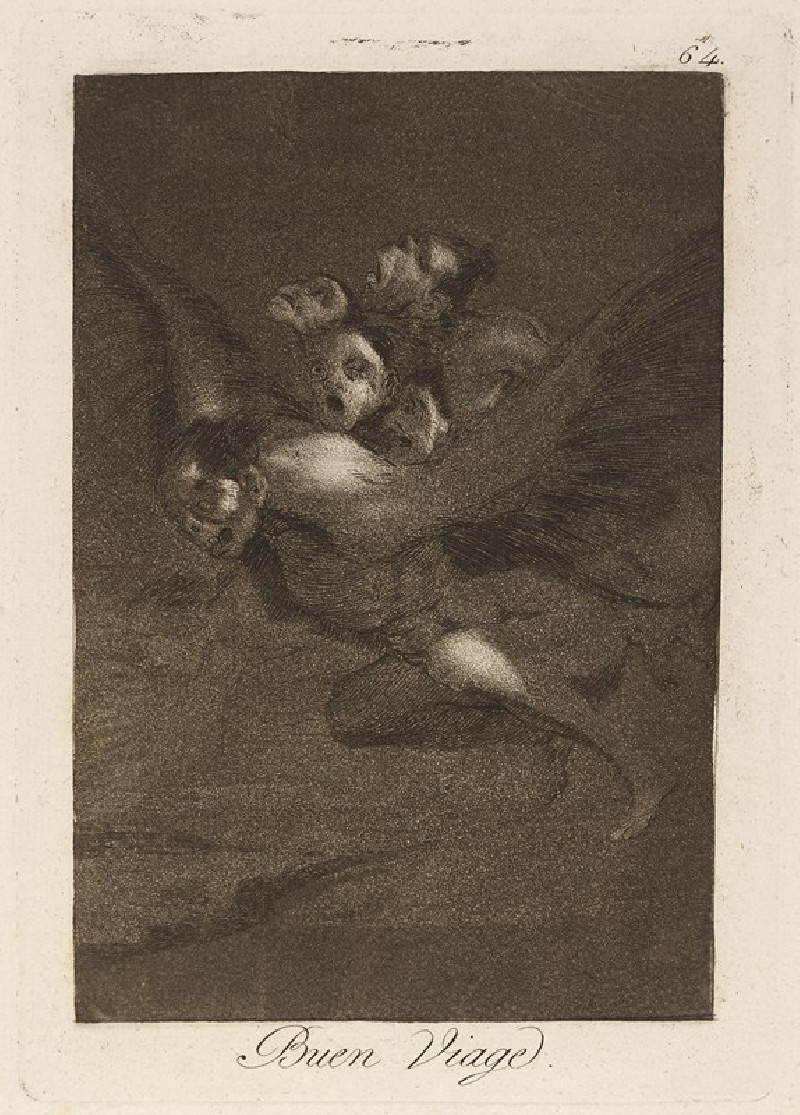Roses (1917)
Technique: Giclée quality print
Recommended by our customers
More about this artwork
This painting by Pierre-Auguste Renoir, titled "Roses," elegantly captures a cluster of blooming roses using his signature Impressionist style. Painted in 1917, the artwork features roses rendered with soft, swirling brushstrokes that blend the floral forms with rich, atmospheric colors.The varying shades of pink, peach, and yellow are highlighted against a darker, somewhat indistinct background, which adds depth and emphasis to the flowers themselves. Renoir's mastery in capturing light and texture brings each rose to life, suggesting the delicate feel of the petals and the lush, dynamic nature of a blooming garden.The signature "Renoir" is visible at the bottom left, anchoring the painting in his vast body of celebrated works. This piece is a lovely example of Renoir’s later works, where he often explored the beauty and simplicity of nature in a way that feels both intimate and universal. The choice of colors adds a gentle warmth, evoking feelings of calm and appreciation for natural beauty.
Delivery
Returns
Pierre-Auguste Renoir was a French artist who was a leading painter in the development of the Impressionist style. As a celebrator of beauty and especially feminine sensuality, it has been said that "Renoir is the final representative of a tradition which runs directly from Rubens to Watteau."

